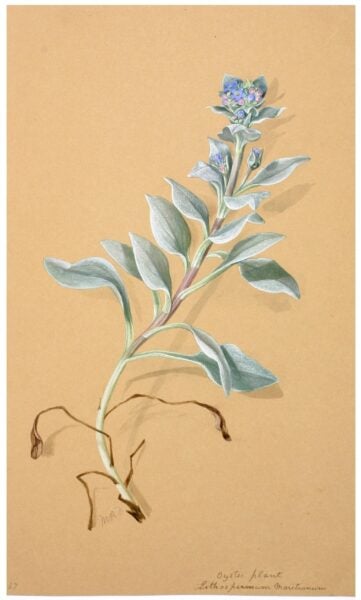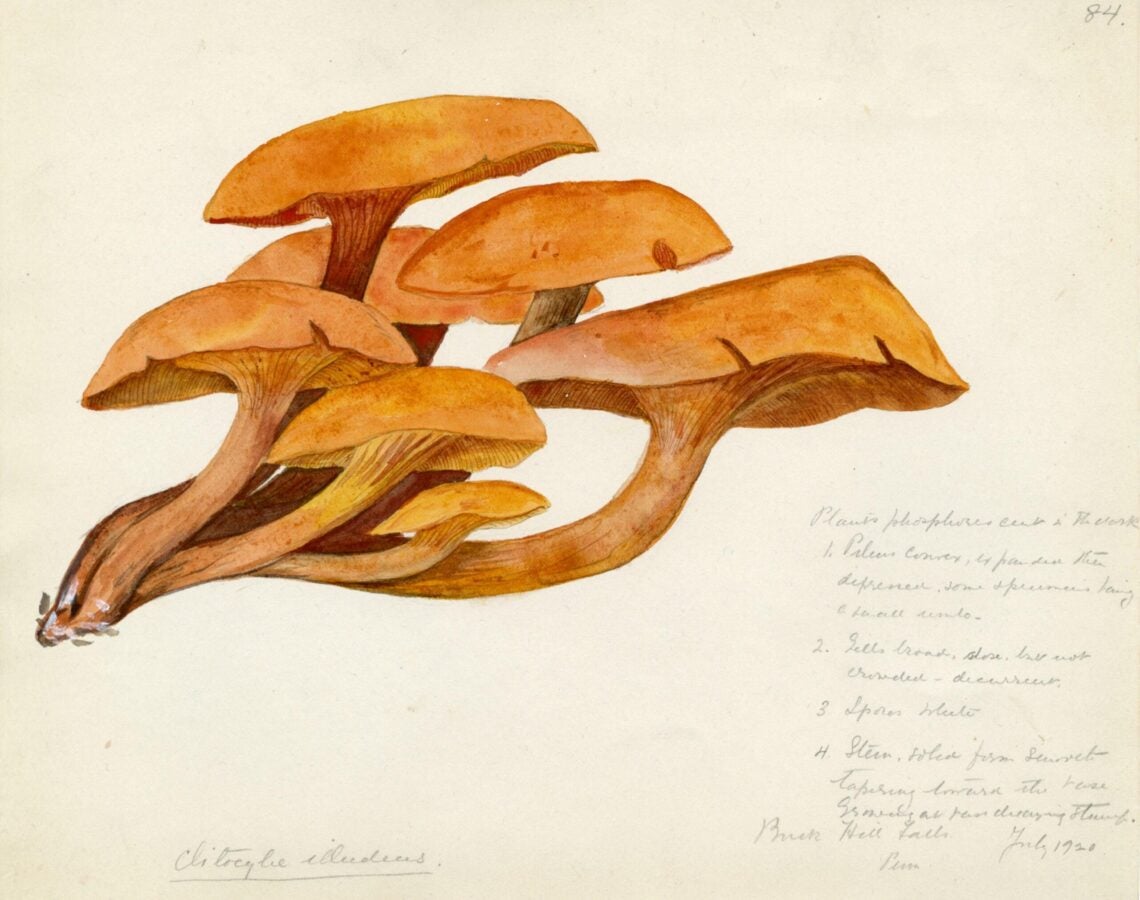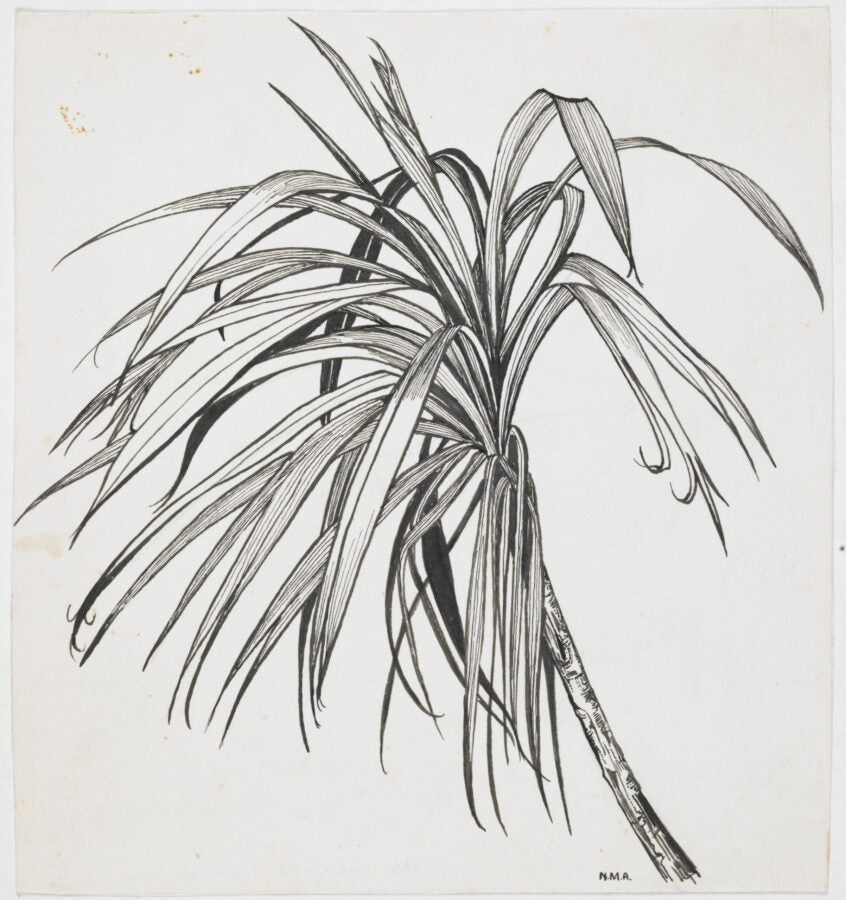To celebrate this year’s Earth Day, we’re sharing five openly accessible collections on JSTOR that feature the work of important women botanists and botanical artists.
You might wonder, considering how difficult it was for women to be allowed into the sciences, how did these women achieve so much? As Matthew Willis writes in JSTOR Daily, botany started to become an acceptable focus of scientific study for upper-class women in Europe by the later part of the 1700s. He quotes the English writer Maria Edgeworth, who declared in 1810 that “Many things, which were thought to be above their comprehension, or unsuited to their sex, have now been found to be perfectly within the compass of their abilities, and peculiarly suited to their situation. Botany had become fashionable; in time it may become useful, if it be not so already.” Despite the condescension behind the opportunity, opening this door to women was a boon to science, and we are glad to be able to share their contributions with everyone.


Margaret Rebecca Dickinson Collection of Watercolors
Margaret Rebecca Dickinson (1821–1918) was a talented Victorian artist who assembled over 1,000 British plant specimens in her unique herbarium. This collection features more than 450 of her beautiful botanical watercolors taken from the prepared herbarium specimens.
Minna R. Fernald Collection of Paintings of Florida Wildflowers
Botanical artist Minna Fernald’s (1860–1954) highly accurate watercolors from the WWII era provide an important record of the native flora of Florida prior to the area’s urbanization and agricultural land use.

Mushroom Drawings of Violetta White Delafield
A collection of annotated watercolors of hundreds of fungi specimens by Violetta White Delafield (1875–1949) created during her summer visits to Buck Hills Falls, Pennsylvania, and Litchfield, Connecticut.


Alma Gracey Stokey Papers
Alma Gracey Stokey (1877–1968) was a pioneering educator and botanist whose meticulous gametophyte illustrations from over 200 fern species represent an enormous contribution to science. The collection on JSTOR also contains correspondence from some of the most important plant biologists of the time, providing a unique insight into the development of the discipline and the history of women in botany in the early twentieth century.
Nancy Adams in the Museum of New Zealand
Nancy Adams (1926-2007) was one of New Zealand’s foremost botanists and botanical artists. Her watercolors and drawings in nearly forty publications on native trees and shrubs, alpine plants, wild flowers, and seaweeds have helped many New Zealanders learn about the native flora of their country. The Museum of New Zealand – Te Papa Tongarewa collection on JSTOR features a substantial selection of watercolors, drawings, sketchbooks and ephemera.



